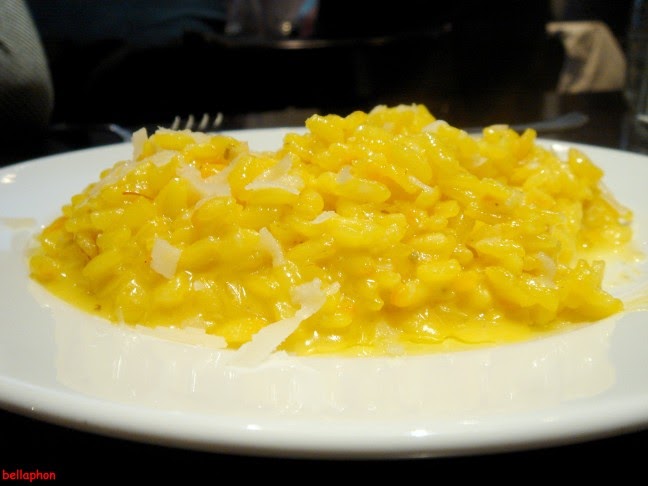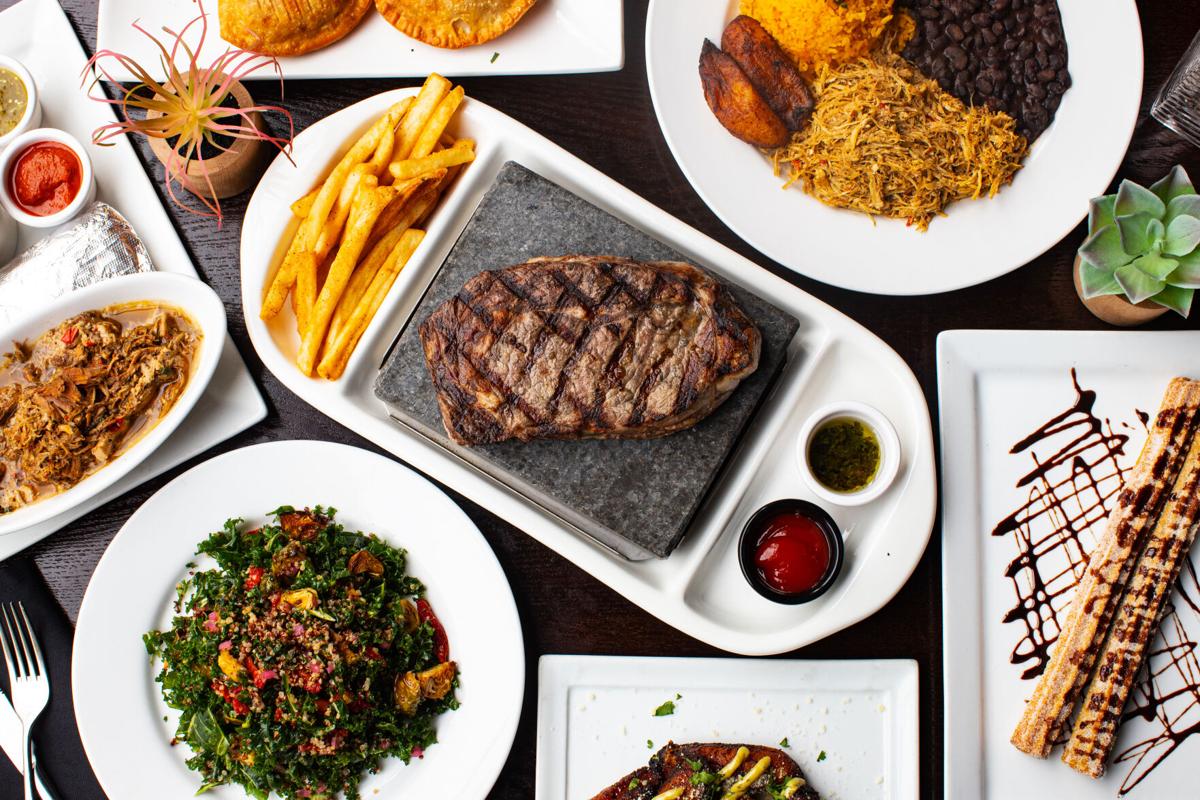Authentic South Indian House Designs
Authentic South Indian House Designs feature bold and vibrant architectural elements. Drawing inspiration from the colonial style, the use of natural stone and pithy features like wall paintings and handcrafted wood carvings give these unique designs an unmistakable style. Rich colors, domed patio ceilings and carved doors are the norm in many South Indian house designs. Perfectly sunny courtyards, with lush gardens are remarkable features too. With an eye on tradition, modern touches like automated door electronics and sustainable energy options can also be incorporated in many South Indian house design.
Traditional Kerala House Design
Designs from traditional Kerala houses are as varied as the region itself. Kerala’s rich tropical beauty is celebrated by many interior and exterior decor combinations. While the pillars and external walls are made up of laterite with teak wood carvings, there is an exacting balance of form and function; being built to weather the warm coastal climate. Statement features such as wooden ceilings and an open ‘Nalukettu’ style courtyard (central open area) cater for traditional family gatherings and prayer sessions. Sloping roofs, with slanting edges give these houses an elegant and protective touch.
South Indian Home Elevation Designs
As much as the interiors of South Indian designed homes can be quite insular, the elevations of these homes always soar. There’s an outlook that shows a great deal of thought and style, with terracotta tiles, mosaic wall finished art, eye-catching motifs or shapes, and top of the line glass variants dominating many exterior aesthetics. Windows tend to be slightly tinted, in order to provide coolness to interiors. With strong vertical accents provided by the columns, as well as ‘jalis’ (medieval stone railing patterns), these façades are never unimaginative.
South Indian Style House Designs
South Indian Style House Designs share many of the same features that we’ve seen from the region’s traditional homes; including skilful use of wood, railing and metal work. These carefully thought out interiors minimally but efficiently utilize the space, with a focus on symmetric layouts, featuring multiple doors and windows for maximum airflow. Basic, but traditional decorative elements like matted floors and wood carving covered walls/pillars provide the main structure and furniture, which traditionally are quite conservative. Modern contemporary Laquered furniture and minimal furnishings are the hallmarks of South Indian house designs.
South Indian Exterior House Designs
South Indian Exterior House Designs employ a precise and functional approach which often tells a story of colonial influence. Tower walls are a popular element seen across South India, to provide coolness and maximize exterior views. Other visually striking elements often feature geometric patterns painted with different colored muds, depicting local stories. With lateral and front courtyards included in the equation, these houses can often find ways to create ample space with well-executed designs. Some designs feature stone or mud stairways as part of the unique aesthetic.
South Indian Home Interior Designs
Interiors of South Indian Home Interior Designs are as varied as the regional styles. Besides wooden furniture, brassware is quite commonly found across homes in this region, adding to the old-world charm. Teak furniture, with embossed designs are also found in many South Indian homes. Bright and vibrant wallpapers are quite common, with abstract, contemporary or even Kerala mural patterns all making appearances. With maximalist decorative accents, in terms of paintings and statues, the aim for these designs is not only comfort but also to add to the visual interest.
South Indian House Front Elevation Designs
South Indian House Front Elevation Designs are known for their distinctly classic style and historical charm. Thick compound walls and Old-World building materials like concrete, as well as brightly colored mosque and temple exterior finishes, add to the dramatic look of these building designs. High ceilings are also quite the norm. Large windows with smartly designed window frames, and well-crafted doors are the call of the day. The use of both wood and metal hinges, at strategic places add to the old-world charm.
South Indian Style Staircase Designs
A hallmark feature for many South Indian Style Staircase Designs is their unique curvature. Carved teak steps with intricately placed handrails add to the visually stunning nature of these creations. Unusual yet striking, the overlooking balconies that lead into these stairs often incorporate thoughtful touches like carved wooden animals or figures. Ranging from modern contemporary designs to the more traditional intricate versions, these staircases are definitely the show-stopper for many South Indian homes.
South Indian Bridge House Designs
South Indian Bridge House Designs can be the most uniquely attractive of all listed so far. Located near established water bodies, these homes merge the quiet, rustic beauty of nature with the functional and unique architecture of South India. Stone pillars supporting suspended bridges, and buildings supported by wooden stilts truly create something special. Although not traditionally found, modern touches like retractable electronic bridges provide an effortless way to enter and exit the house.
South Indian Small House Designs
Even though South Indians homes may look grandiose, they always find a way to look smaller than they are. Many South Indian small house designs still employ the usual pattern of having a central courtyard, and are limited to vasta stucco ceiling details, edible wood parts, and simple garden views. These unique small home designs are always complemented by a good balance of ventilation and passive sunlight. Unpretentious and colorful décor, like adorsed windows, to bal bhagia walls, bring these small home designs to life.
Characteristics of South Indian Traditional House Design
 South Indian traditional house design is well-known for its distinctive features such as its large
verandahs
, deep enclosing walls, imposing gateways, and documented courtyards created to facilitate social interaction. This type of house traditionally combines religious iconography with a layout allowing for ventilation, shade and privacy. It is common to see many of these traditional features in South Indian houses, although the precise design varies depending on the region and the individual homeowner.
The typical
structure
of a South Indian house is square- or rectangular-shaped, designed to enclose a central courtyard accessed through an arched entrance. Large verandahs with tall columns around the courtyard provide shade and cooling air circulation. These verandah walls are often decorated with carved figures and other cultural symbols. Inside, the house can range from a single story for low-income families to two or three stories for more affluent families.
The central design feature of a South Indian house is a
domed prayer room
, positioned at the rear of the building. This contains multifunctional space, such as storage rooms, shelves for religious artifacts, and a central area for prayers. The domed prayer room is the most sacred place in the house, and is often richly decorated with wall and ceiling paintings. Fake decorations such as bamboo structures, shrubs and clay items are also common.
The roof is typically built from thatched straw, but with the introduction of bricks and tiles, it has gradually been replaced by concrete. Additional features like projected air-vents or a skylight are used to provide natural lighting and ventilation.
South Indian traditional house design is well-known for its distinctive features such as its large
verandahs
, deep enclosing walls, imposing gateways, and documented courtyards created to facilitate social interaction. This type of house traditionally combines religious iconography with a layout allowing for ventilation, shade and privacy. It is common to see many of these traditional features in South Indian houses, although the precise design varies depending on the region and the individual homeowner.
The typical
structure
of a South Indian house is square- or rectangular-shaped, designed to enclose a central courtyard accessed through an arched entrance. Large verandahs with tall columns around the courtyard provide shade and cooling air circulation. These verandah walls are often decorated with carved figures and other cultural symbols. Inside, the house can range from a single story for low-income families to two or three stories for more affluent families.
The central design feature of a South Indian house is a
domed prayer room
, positioned at the rear of the building. This contains multifunctional space, such as storage rooms, shelves for religious artifacts, and a central area for prayers. The domed prayer room is the most sacred place in the house, and is often richly decorated with wall and ceiling paintings. Fake decorations such as bamboo structures, shrubs and clay items are also common.
The roof is typically built from thatched straw, but with the introduction of bricks and tiles, it has gradually been replaced by concrete. Additional features like projected air-vents or a skylight are used to provide natural lighting and ventilation.
Functional Layout
 Most South Indian traditional houses have a functional layout composed of the same main elements that serve to provide ventilation and privacy. The main accommodation areas are located in the center of the house, while the public areas are typically on the outside. This design affords the family within eyesight of their neighbours while still maintaining a private living space.
Additionally, the verandahs provide a buffer zone between the inner courtyard and the outside world, creating the feeling of a safe inner sanctuary. The inner courtyard is often adorned with statues, pillars and brushwood decorations, as well as flowers and other plants to promote a sense of connection to nature.
Most South Indian traditional houses have a functional layout composed of the same main elements that serve to provide ventilation and privacy. The main accommodation areas are located in the center of the house, while the public areas are typically on the outside. This design affords the family within eyesight of their neighbours while still maintaining a private living space.
Additionally, the verandahs provide a buffer zone between the inner courtyard and the outside world, creating the feeling of a safe inner sanctuary. The inner courtyard is often adorned with statues, pillars and brushwood decorations, as well as flowers and other plants to promote a sense of connection to nature.
Traditional Elements
 South Indian traditional house design is often defined by its rich tradition of using wood, brick, stones and copper for everything from decoration to materials for roofing and ceiling panels. Wooden doors are intricately carved in order to protect the house from evil spirits, while the superstructure of the house consists of mainly stone or mud walls.
The doors and windows also feature pointed arches to bring in the air and light and ventilate the house naturally. Copper is the material of choice when it comes to creating roofing and ceiling panels; the panels are carefully patterned for a spectacular effect. Finally, paintings, brushwood decorations and other traditional elements are used to make the home fit within the regional culture.
South Indian traditional house design is often defined by its rich tradition of using wood, brick, stones and copper for everything from decoration to materials for roofing and ceiling panels. Wooden doors are intricately carved in order to protect the house from evil spirits, while the superstructure of the house consists of mainly stone or mud walls.
The doors and windows also feature pointed arches to bring in the air and light and ventilate the house naturally. Copper is the material of choice when it comes to creating roofing and ceiling panels; the panels are carefully patterned for a spectacular effect. Finally, paintings, brushwood decorations and other traditional elements are used to make the home fit within the regional culture.




































































































